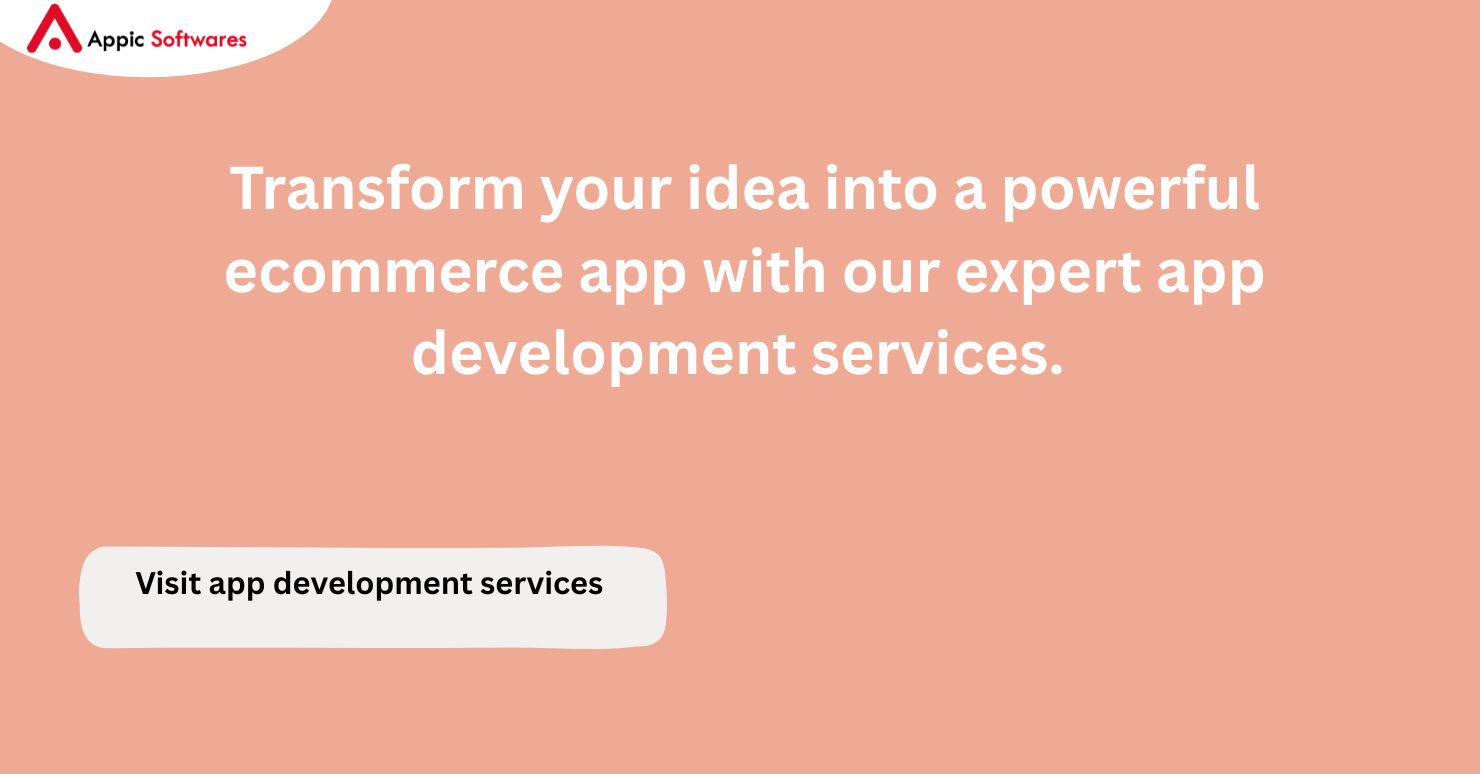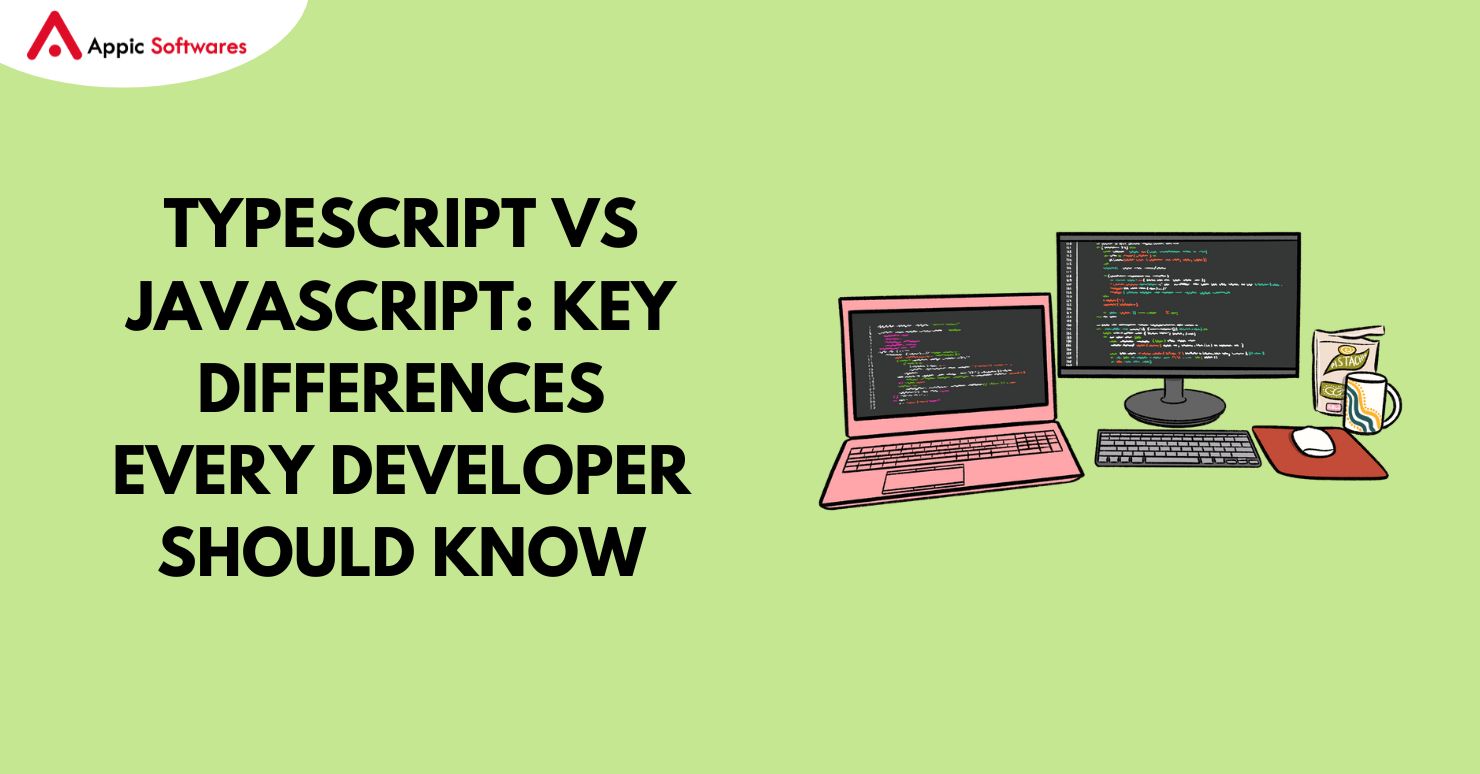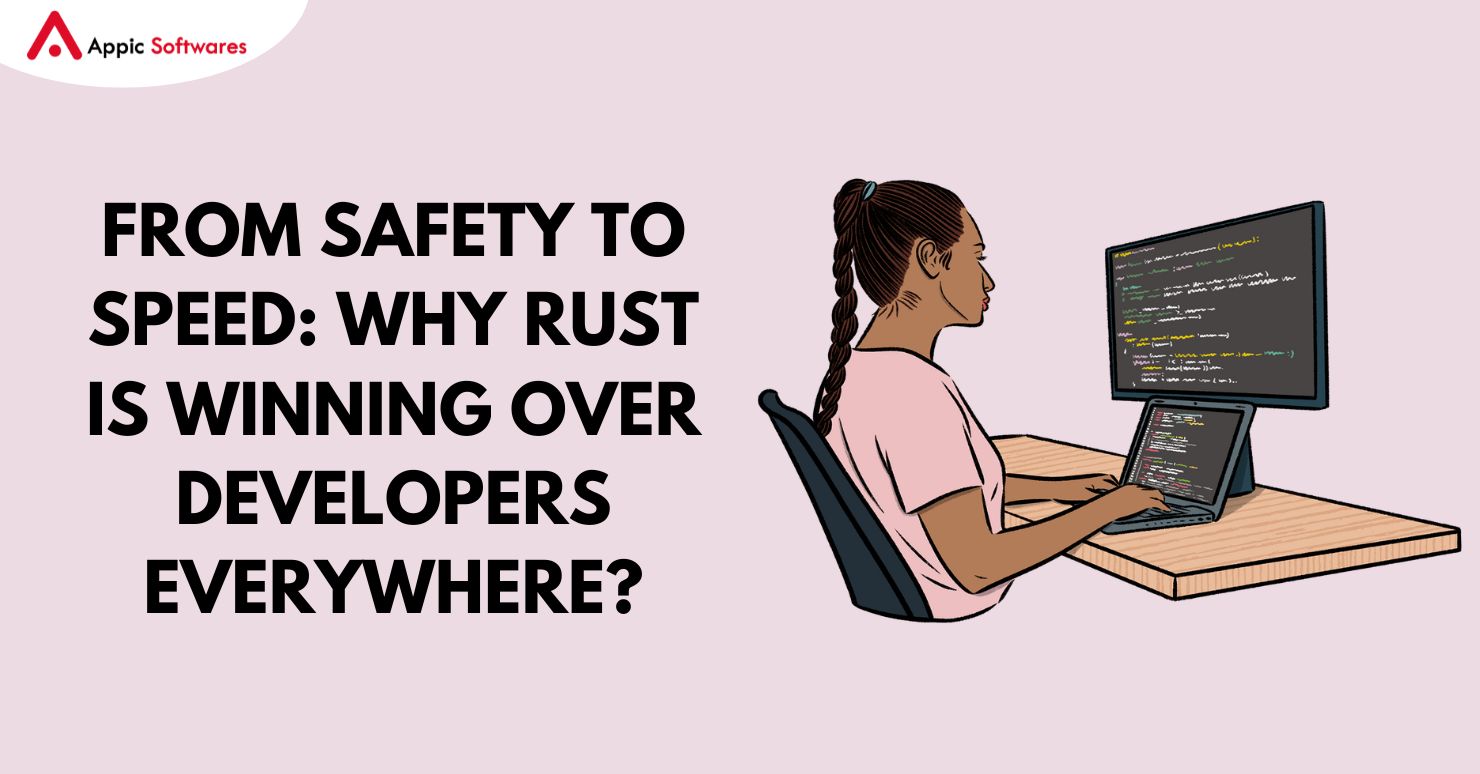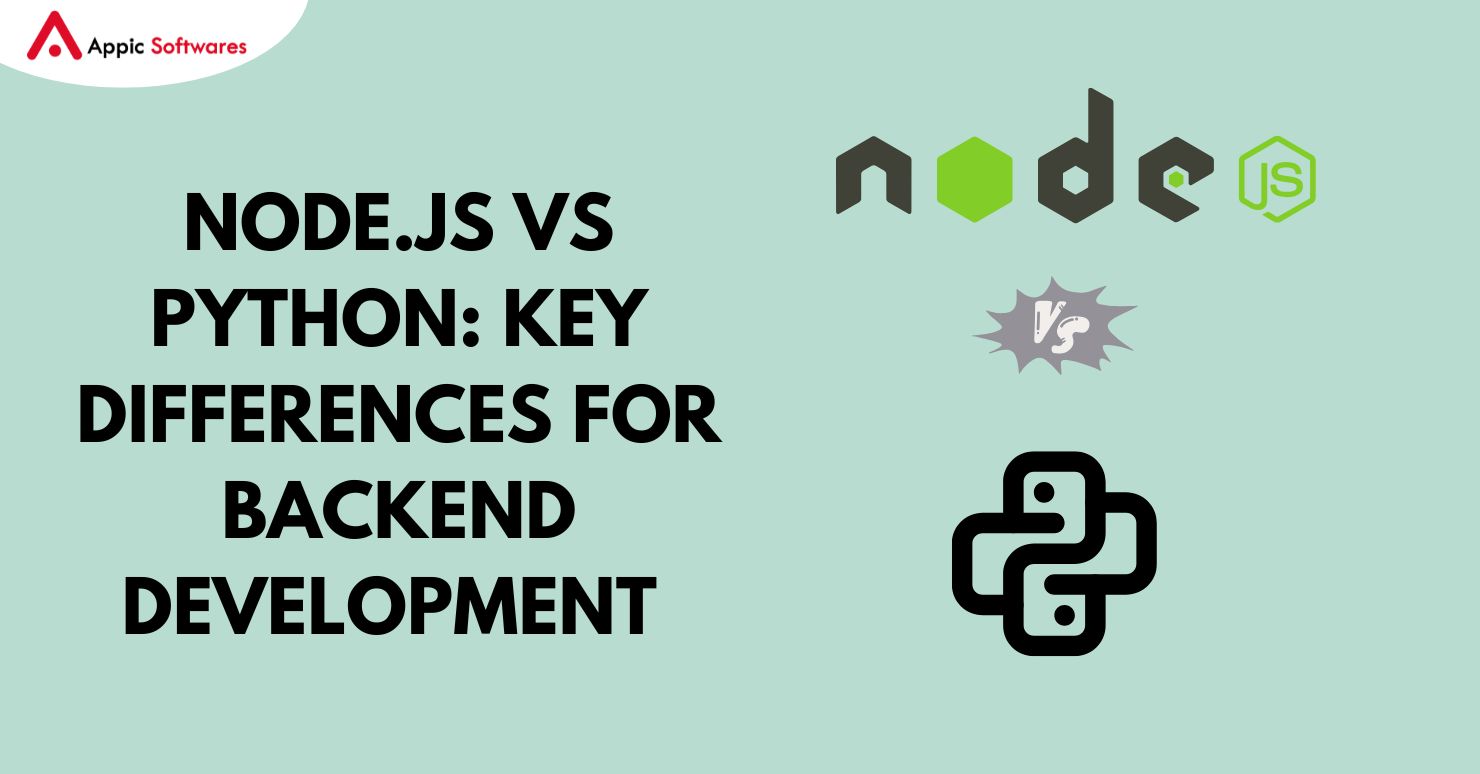
Do you want to swiftly introduce and evaluate your e-commerce product concept to the market? Your best bet is to develop a minimum viable product (MVP). As a leading Ecommerce app development company, we are highly skilled in the most up-to-date tools and technologies, including Python, JavaScript, and the frameworks React and Django. To deliver your MVP efficiently and iteratively, our staff is well-versed in Agile methodology. Here we’ll take a look at the important phases, technologies, and case studies that go into developing an MVP for Ecommerce website in 2024 and how much it will cost.
What Is The Minimum Viable Product (MVP)?
An MVP is a stripped-down version of a product or piece of software that focuses on the essentials and satisfies the client’s key requirements. The goal of a minimum viable product (MVP) is to get a product out the door quicker. It ensures that only the most essential functionalities are included and meet the demands and expectations of early adopters. The 2001 definition of MVP was provided by Frank Robinson. As part of the Lean Startup methodology for determining whether a product meets market needs, Steve Blank and Eric Ries later made it well-known. By concentrating on the top 20% of features that address 80% of customer pain points, the 80/20 rule (also known as the Pareto Principle) is followed by the MVP. Without investing a ton of resources, you can swiftly determine if your SVA desires your product in this manner.
What Are Some Common Parts Of An MVP For Ecommerce Website?
Digitizing the intricate procedures of many brands requires work. The first step is to address the worries and concerns that are naturally raised by this. If you’re worried about internal acceptance of a new product, for instance, concentrate on seamless integrations, streamlining your admin interface and back-end procedures.
Use your MVP for startup to address uncertainty or risk while staying committed to your ultimate objectives. At the same time, keep an eye on your resources because it’s simple to get distracted and focus on things that aren’t immediately related to your MVP. The following components are typically found in the most successful projects:
Integrations of systems
Integrating your eCommerce MVP with your enterprise resource planning (ERP) software is essential for providing your MVP with current data. One method to facilitate adoption is by providing customers and team members with accurate supply chain and inventory status information through your MVP. Depending on your company, you could choose to integrate with external catalogs or your PIM eCommerce application.
Digital storefront
Brands who aren’t sure if their customers will like online shopping may want to invest more time in their online store. You might concentrate on particular storefront features based on the digital experience you want.
Customers need features like speedy order forms, personalized pricing options, and a search engine that indexes a portion of your product collection. To meet user expectations, you can A/B test various features and versions using the MVP.
Automating Your Processes
On paper, using technology to change business procedures could seem appealing, but your employees might not agree. The MVP will inform you if implementing a new eCommerce workflow benefits staff members.
A workflow automation MVP is particularly beneficial for companies with intricate corporate structures, goods, and services because it allows them to find ways to streamline processes, cut down on bottlenecks, and improve team member satisfaction.
For startups, building a no code MVP can be a smart way to test these features without deep investments in custom development. A no code MVP for startup enables faster iteration, easy adjustments, and quicker feedback from real users, all without having to write complex code from scratch.
How To Develop The MVP For Ecommerce Website?

Step 1: Generate And Research Your Idea Thoroughly
When commencing with minimum viable product (MVP) development, undertake significant market research as an important phase in project planning. According to a survey by CB Insights, 42% of startups fail because there is no market need for their product, highlighting the importance of thorough idea generation and research in the early stages of product development. Determine the precise problem you want to tackle and your smallest viable audience.
Here are a few market research approaches you can use:
- Always stay up-to-date on the latest market news, trends, size, and niches.
- Assess competitors’ products’ strengths, limitations, and consumer comments.
- To have a deeper understanding of the target audience’s needs and problems, conducting one-on-one interviews or polling them directly is recommended.
- Gather data on how users interact with current platforms by using analytics tools.
- Use a SWOT (Strengths, Weaknesses, Opportunities, and Threats) study to take stock of your MVP’s internal and external environments.
- This early market analysis helps you assess your e-commerce website’s viability and product proposition.
Quick Tip:
When researching MVPs, don’t stop at surface-level concerns. If consumers are complaining about slow performance, for instance, you should investigate further to find out whether the problem is related to overprocessing data, inefficient code, or server problems. This aids in the development of a more focused MVP solution.
Step 2: Focus On Core Functionality When Defining MVP Features
The next step, after gathering data through research, is to define the features of the minimum viable product (MVP) that will appeal to early adopters. Be very sure to focus on the key features that address the issues you’ve mentioned. Make a logical plan for creating the MVP by dividing the features into two categories: “must-haves” and “nice-to-haves.”
For instance:
Picture yourself developing an online store. Prioritizing “must-have” elements like a shopping cart and product listing for your MVP is the next step after conducting research. Save more complex features, such as tailored suggestions, for a later date. Maintaining a lean and user-centric MVP is possible with this strategy.
Step 3: Contact An Ecommerce Development Company
When building an MVP for Ecommerce website, it’s usually a good idea to work with a company that specializes in e-commerce development. These experts supply crucial development resources in addition to insightful commentary and technical knowledge. Find a business that has a history of making great MVPs by doing some research.
Share your goals, aspirations, and distinguishing qualities with the organization. Choosing a company like Appic Softwares as your best MVP development partner is crucial for turning your product idea into a functional MVP within the given time and financial constraints.
Why Should You Choose Appic Softwares To Develop An MVP For Ecommerce Website?
- Industry Knowledge: Appic Softwares has a plethora of successful MVPs from a variety of industries, such as e-commerce, financial, and healthcare.
- Utilization of Up-to-Date Technologies: Our staff is well-versed in Python, JavaScript, React, and Django, among others, so we can guarantee that your MVP will be developed on a solid and extensible platform.
- Individualized Approach: We reject the notion of a universal solution. If you want a solution that will help your company succeed, we can tailor it to your exact requirements.
- Save Time and Money: We use an agile development approach to make your minimum viable product (MVP) available for the market in the allotted time and within budget.
Step 4: Create Interfaces With The User In Mind And Test Out Possible Usability Issues
Developing user-centric interfaces is the next step after collaborating with an e-commerce development firm. As part of this development process, a BA team will create a wireframe and prototype of the e-commerce website. The wireframe will show the overall layout, element placement, and user interaction.
All at once, you’ll have an interactive prototype that mimics the user interface and lets people test out your product’s features. In order to gather early input from testers and users, these prototypes are crucial. Before diving into full-scale development, this lets us fine-tune the user experience. Taking this stage ensures that your minimum viable product (MVP) is not only functional but also aesthetically pleasing and user-friendly, which boosts satisfaction and adoption rates.
Step 5: Carry Out development And conduct Thorough Testing
Make sure your development team is employing the Agile development process, which divides the project into smaller phases, now that you have started working with them. Fixing bugs in your MVP requires constant communication between you and your development team.
At the same time, you need to put in place thorough testing and quality assurance procedures to ensure that your finished product is reliable and secure. One set of tests is this:
- Verifying the correct operation of the website’s individual features through functional testing.
- To make sure that updated or changed features don’t break older ones, regression testing is done.
- Using load testing, we can see how the site handles different amounts of traffic.
- Security testing to identify potential weak points and fix them so user data is protected.
- To make sure the website lives up to users’ expectations, it must undergo user acceptance testing.
Step 6: Launch, gather User Feedback, And Refine The MVP.
At this point, you can release your MVP to the market. Making the MVP accessible to a limited group of users or beta testers and gathering useful feedback is a good first step in studying user behavior and tracking statistics. You can use this data to make better judgments on the next version of your website; it’s valuable.
Get ready to regularly update and enhance your MVP using user data. This will help you better fulfill user needs and market demand.
Strategic Perspective:
We should remember the idea of the smallest viable audience (SVA) when you’re planning to launch an MVP. Overcomplicating the product or being afraid to omit potential features could be the cause of an MVP’s inefficiency. Minimize complexity while addressing your SVA’s essential requirements.
How Much Does It Cost To Develop MVP For Ecommerce Website?
Building a minimum viable product (MVP) for an e-commerce website can cost anywhere from $10,000 to $80,000 or even more on average, depending on the cost to create an app with the required features and functionality. The precise amount of money required to produce a minimally viable product can change depending on several different factors. Factors such as these include:
- When developing your minimal viable product (MVP), you should focus on incorporating the bare minimum of features and functionality.
- Languages for programming, frameworks, and integrations with applications from third-party developers are all accessible as options.
- When it comes to the rates of designers and developers.
- The process of developing software for several platforms, such as the web, mobile devices, desktop computers, and other devices.
What You Need To Know About an MVP Ecommerce Store
When you start an MVP eCommerce store, you need to keep an eye on key metrics to see how well your product is doing. Here are some important factors to think about:
Rate Of Conversion
The number of people who visit your e-commerce store and buy something is called the conversion rate. This metric is very important because it tells you how well your store’s layout, products, and prices work.
You might need to change your SEO plan, paid ads, and email marketing if you’re not getting the results you want. Don’t be afraid to work with your UX and design teams to make your site easier for people to use if you’re not getting many sales.
Rate Of Cart Abandonment
One big reason why more people leave their shopping carts in B2B companies is that buyers have to go through a lot of steps and requirements before they can continue with their online purchases. With your MVP, you should try to find the points of conflict. If you have problems, try making your forms and order fields easier to use, letting people check out as a guest, or giving people more ways to pay.
Average Value Of An Order
AOV tells you how much a sale usually costs, or how much money each order is worth. One way to figure out AOV is to look at the size of sales and try to get that number as high as possible.
Think about how you show and suggest goods on your website if you want to get bigger orders. Have you thought about letting customers leave your site with things still in their shopping carts? This is an excellent way to boost the size of your order and make shopping more enjoyable all around.
For startups building smart ecommerce platforms, considering the AI MVP development cost is also crucial. AI features like personalized recommendations, smart chatbots, and predictive analytics can enhance all the above metrics, but require careful cost planning from the MVP stage.
Conclusion
Developing an MVP for Ecommerce website is a strategic approach that allows businesses to validate their product ideas, minimize risks, and gather crucial user feedback without the need for a full-scale launch. The cost of developing an MVP can vary significantly based on factors like the complexity of features, choice of technology stack, and the development team’s location. However, with careful planning and resource allocation, an MVP can be developed within a budget ranging from $10,000 to $80,000 or more.
If you’re looking for MVP development company for your e-commerce website, Appic Softwares is your ideal partner. We guarantee the effective development of your MVP that satisfies all of your business requirements by utilizing our knowledge of cutting-edge technology and Agile methodology. Contact us today to bring your e-commerce vision to life!
FAQs
1. What Does “MVP” Mean For An Ecommerce Website?
A minimum viable product (MVP) is a version of a product that has just the right number of features for early adopters to be able to use it. These users can then give input that will help shape future product development. If developers focus on releasing an MVP, they might not have to do as much long-term work that isn’t important.
2. Is MVP possible For An Ecommerce Business?
Yes, it is possible for a ecommerce business to have an MVP. A lot of successful online stores started with an MVP to try their business idea and see if there is a need for their product. With an MVP, business owners can get their product out to customers quickly and with few resources, all while still giving them something of value.









